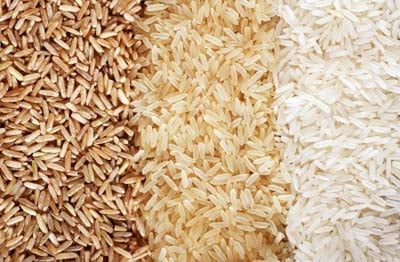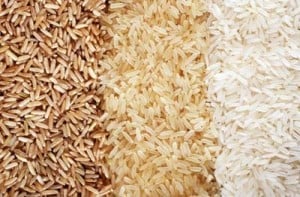I received a question yesterday on arsenic in rice. To be honest, I didn’t want to dredge this all up again. However, Consumer Reports, the organization that published the first report on this subject, recently published an article on this very subject targeted at gluten free dieters and kids. If one person asked about this, I assume there are many others with concerns. Check out the question from that reader and my response.
Question: “Carla, Can you tell me if you have found out anything about the arsenic in rice and if using rice flours in gluten free baking is safe? My husband has other health issues and I don’t want to take risks with his health. Thanks so much.” ~ Jo Ann
Jo Ann,
Thank you for your question.
2012: How It All Began:
First, here is a little history, in case you somehow missed these articles back in 2012:
The first one, is an Opinion Letter, which is a legal document containing true statements that is written by an attorney. This next one is a Q & A from the FDA Questions & Answers: Arsenic in Rice and Rice Products from 2012. This last link goes to the FDA’s finding of September 19, 2012 Arsenic in Rice: Summary Analytical Results from Rice/Rice Product Sampling.
Consumer Reports’ November 2014 Article:
Consumer Reports is the organization that first published a report on this subject. They recently published a new article targeted at those on a gluten free diet and children: How Much Arsenic is in Your Rice. Definitely watch their video while you are there, as well. They target gluten free dieters because gluten free recipes and products often contain rice flour because they puff up nicely.
For products that contain brown rice, I usually look for products made from brown rice grown in California. For cooked rice, Consumer Reports suggest using Basmati Rice from California, India and Pakistan.
They also explain some of the other gluten free grains that can be used to substitute rice. See my Substitutes page for expert help.
Check out the Consumer Reports article of November 2014: How much arsenic is in your rice? There you will find a chart that they devised using a point system. They allow adults and children to each consume seven points per week of rice products. Of course, this is not an exact science, as one pizza crust may be made with 50% rice flour while another more or less. That’s why they call it a guide. Use it as well as common sense.
Moderation and Food Allergies:
My mantra is “Everything in moderation.” I think you’ll find Consumer Reports aligns with this in regards to rice consumption. You’ll also find that varying your grains and other foods will help you avoid the development of food allergies. This is even more important if you already have multiple food allergies.
I hope this helps.
~ Carla



